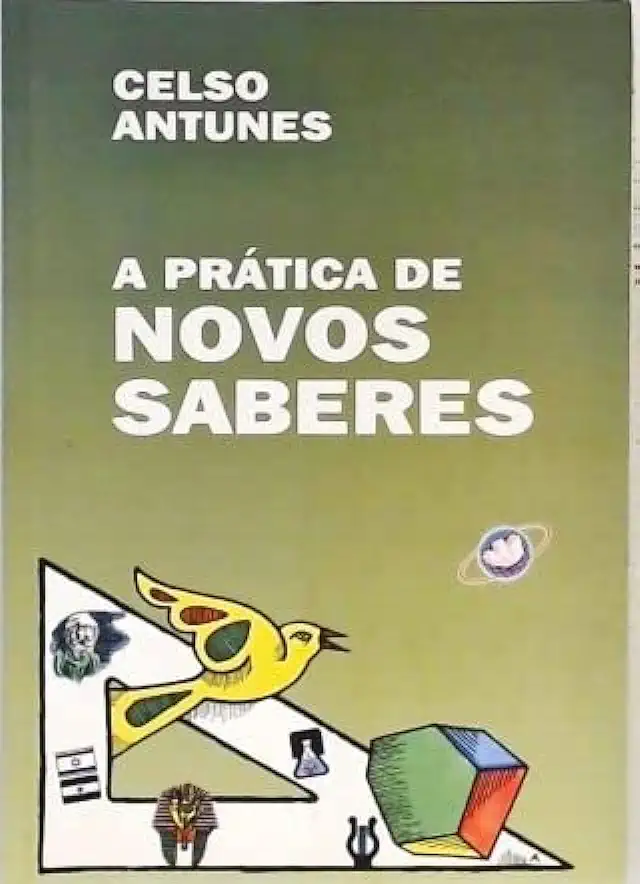
The Practice of New Knowledge - Celso Antunes
The Practice of New Knowledge: A Guide to Creating and Using Knowledge in the 21st Century
In the 21st century, knowledge is more important than ever. It is the key to success in business, education, and personal life. But how do we create and use knowledge in a world that is constantly changing?
In his book, The Practice of New Knowledge, Celso Antunes provides a roadmap for creating and using knowledge in the 21st century. He argues that we need to move beyond traditional ways of thinking about knowledge and embrace new ways of learning and innovating.
Key Concepts
Antunes introduces several key concepts in his book, including:
- New knowledge is created through the interaction of different perspectives. When we bring together different ideas and perspectives, we can create new knowledge that is more comprehensive and insightful than any one perspective could provide on its own.
- Knowledge is not static, but rather dynamic and constantly evolving. The world is constantly changing, and so too must our knowledge. We need to be constantly learning and updating our knowledge in order to stay ahead of the curve.
- Knowledge is not something that we can simply acquire and store away. In order to use knowledge effectively, we need to be able to apply it to real-world problems and situations.
The Four Pillars of New Knowledge
Antunes argues that there are four pillars of new knowledge:
- Curiosity: The desire to learn and explore is the foundation of new knowledge. We need to be curious about the world around us and always be asking questions.
- Creativity: The ability to generate new ideas and solutions is essential for creating new knowledge. We need to be able to think outside the box and come up with new ways of looking at problems.
- Collaboration: Working together with others can help us to create new knowledge that we could not have created on our own. We need to be able to share our ideas and perspectives with others and be open to their feedback.
- Experimentation: Testing our ideas and theories is essential for creating new knowledge. We need to be willing to take risks and try new things in order to learn and grow.
Putting New Knowledge into Practice
Antunes provides a number of practical tips for putting new knowledge into practice, including:
- Start with a clear goal. What do you want to achieve with your new knowledge?
- Break down your goal into smaller steps. This will make it easier to track your progress and stay motivated.
- Find a mentor or coach who can help you. Someone who has experience in your field can provide valuable guidance and support.
- Be patient. Creating and using new knowledge takes time and effort. Don't get discouraged if you don't see results immediately.
Conclusion
The Practice of New Knowledge is a valuable resource for anyone who wants to create and use knowledge in the 21st century. Antunes provides a clear and concise roadmap for learning and innovating in a rapidly changing world.
If you are ready to take your knowledge to the next level, I highly recommend reading The Practice of New Knowledge.